Disclosure: This article contains affiliate links. We may earn a commission from purchases at no extra cost to you, which helps our travel content.
The taxi driver raised his eyebrows when I told him my destination. 'Lelydorp? Not Paramaribo?' It's a reaction I've grown accustomed to during my travels—that moment when locals realize you're venturing beyond the typical tourist trail. Nestled between Suriname's capital and the country's interior jungle region, Lelydorp is often dismissed as merely a pass-through town. But after spending a week exploring its colorful wooden architecture, meeting local artisans, and waking to the symphony of birds in family-run guesthouses, I'm convinced it's Suriname's most overlooked accommodation base. This former Dutch colonial settlement offers not just a strategic location for exploring both urban and natural attractions, but a genuine glimpse into Surinamese daily life that you'll never experience in a capital city hotel. Let me guide you through the sleeping options that transformed my stay from convenient to unforgettable.
Why Base Yourself in Lelydorp
When planning my Suriname trip, I initially considered Lelydorp a one-night stopover. Seven nights later, I was still there, having discovered the perfect base for exploring this diverse country.
Positioned just 18 kilometers south of Paramaribo, Lelydorp sits at the crossroads of Suriname's coastal urban corridor and the road leading to interior attractions like Brownsberg Nature Park. This strategic location means you can easily day-trip to the capital's UNESCO-listed architecture while keeping jungle adventures equally accessible.
But location is just the beginning. What truly captivated me was experiencing Suriname's extraordinary cultural fusion through its vernacular architecture. As a designer, I was mesmerized by the wooden homes that blend Dutch colonial elements with indigenous building techniques and East Indian decorative influences—a physical manifestation of Suriname's unique heritage.
The town's pace offers a refreshing counterpoint to Paramaribo's bustle. Mornings begin with roosters rather than traffic, and evenings often find locals gathered on porches, where conversations flow easily. When I sketched the ornate woodwork on one home, the owner invited me in for homemade dawet (a rose-flavored drink)—an interaction that would have been unlikely in a more tourist-oriented setting.
Perhaps most compelling for solo travelers is the significant cost difference. Accommodations here average 30-40% less than comparable options in Paramaribo, allowing me to extend my stay without stretching my budget. That extra week gave me time to discover the rhythms of local life—from Thursday's vibrant market to Sunday's multi-faith worship services that fill the air with music.
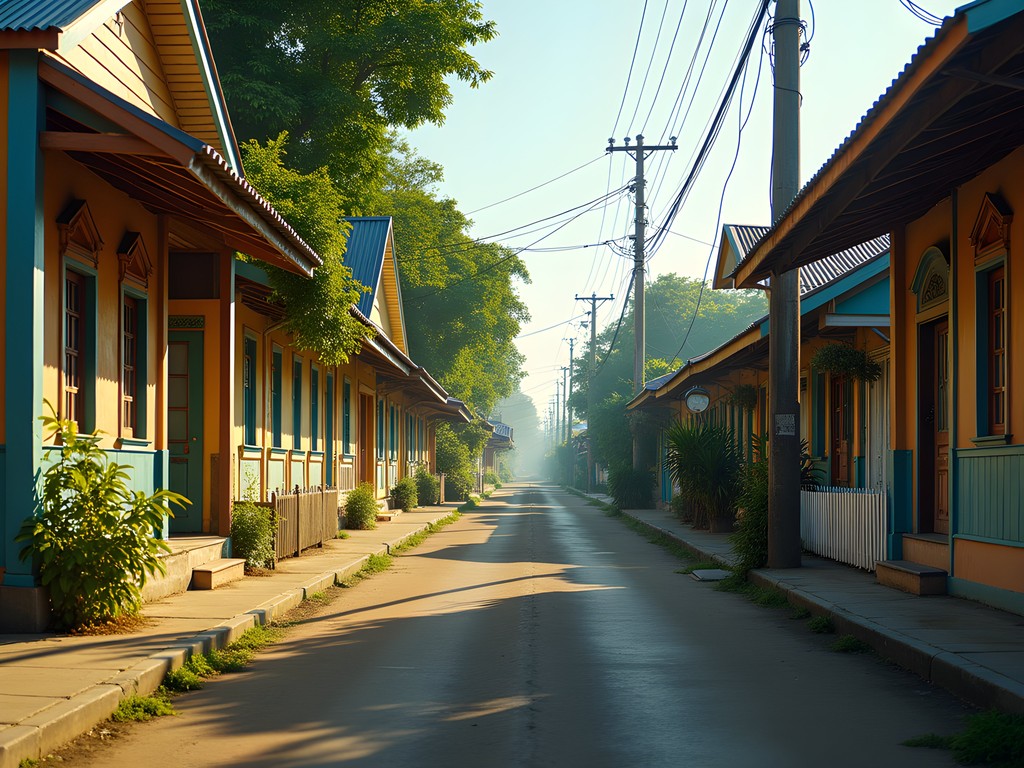
💡 Pro Tips
- Pack a small flashlight as Lelydorp sometimes experiences brief power outages
- Download the Maps.me app and the Suriname map before arrival—many smaller roads aren't on Google Maps
- Learn basic Sranan Tongo phrases; locals appreciate the effort even if they speak Dutch or English
Homestay Havens: Living with Locals
My most profound Surinamese experiences came from staying in family homes—an accommodation style that Lelydorp excels in offering. These aren't the commercialized homestays you might find elsewhere; they're genuine extensions of family compounds where hosts welcome travelers into their daily lives.
My favorite, Tante Rosita's Homestay, isn't listed on major booking platforms (I found it through a local Facebook group). Rosita, a retired schoolteacher, has converted her adult children's former bedrooms into guest accommodations. The wooden home features a sprawling veranda where breakfast—often including fresh cassava bread and homemade jams—becomes a two-hour affair as Rosita shares stories of Suriname's complex history.
The room itself was simple but thoughtfully arranged: handwoven textiles adorned the bed, and a desk positioned near the window overlooked her garden of medicinal plants. What luxury hotels often manufacture—authentic local character—flows naturally here.
For those seeking more privacy while still enjoying family connections, Amalia's Garden Cottages offers three detached wooden cabins behind the main family home. Each features its own kitchenette and porch, ideal for independent travelers who still want occasional interaction with hosts. Amalia's husband Karel, a carpenter, crafted much of the furniture from local woods, creating pieces that tell the story of Suriname's forestry traditions.
Both these options hover around $25-35 USD nightly—a fraction of Paramaribo prices. Beyond cost savings, they offered something more valuable: genuine cultural exchange. When I mentioned my interest in vernacular architecture to Karel, he arranged an impromptu tour of his friend's traditional Javanese-Surinamese home being constructed nearby, giving me insights I'd never have gained from a hotel concierge.
For longer stays, consider packing a portable door lock for added security and peace of mind, especially in homestays where doors might be simpler than hotel rooms. I've found this small addition helps me sleep more soundly in unfamiliar settings.
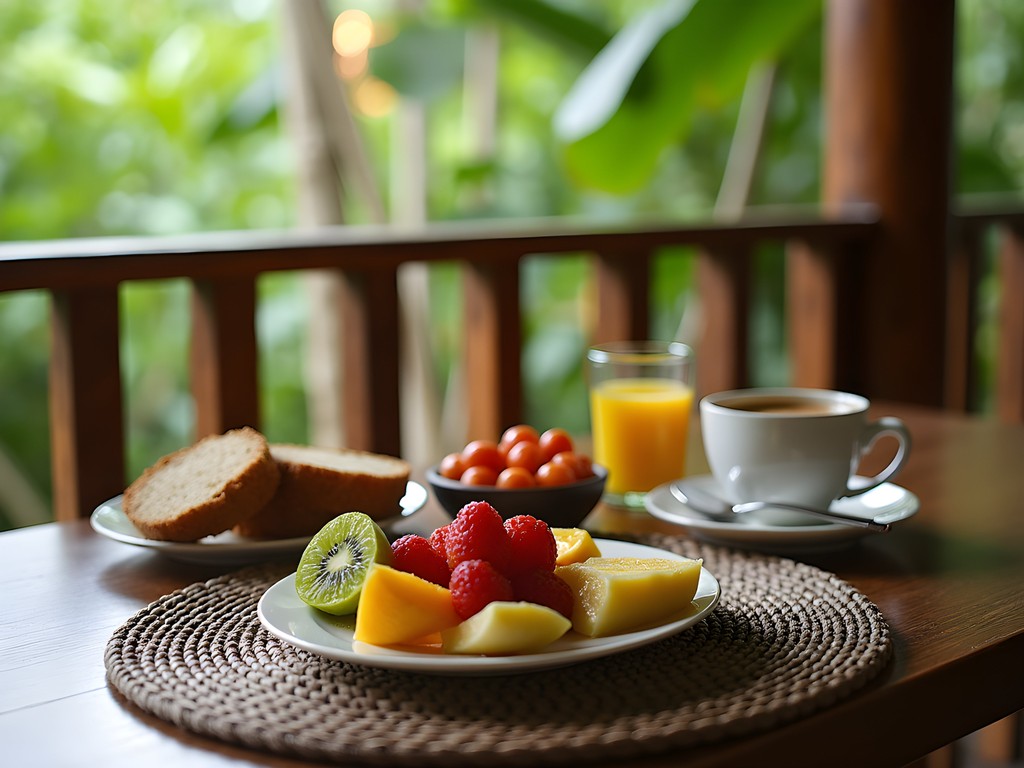
💡 Pro Tips
- Bring small gifts from your home country for homestay hosts—they're genuinely interested in cultural exchange
- Ask about meal options in advance; many homestays offer home-cooked dinners for an additional fee
- Respect family routines and quiet hours, especially in homes where you're sharing common spaces
Eco-Lodges on the Outskirts
While Lelydorp proper offers an immersive cultural experience, the town's periphery reveals another accommodation category worth exploring: eco-lodges nestled where civilization meets jungle. These properties offer the perfect balance for travelers wanting nature immersion with the convenience of town amenities nearby.
Green Paradise Lodge, located about 3 kilometers from Lelydorp's center, became my sanctuary for two nights. The property features five cabins built using sustainable hardwoods and traditional techniques, each positioned to maximize cross-breezes (eliminating the need for air conditioning despite the tropical climate). The architectural intelligence at work impressed me—high ceilings with decorative fretwork allow hot air to escape while creating stunning light patterns across the floor throughout the day.
What distinguishes these eco-lodges from similar concepts I've encountered elsewhere is their genuine commitment to cultural preservation alongside environmental sustainability. At Green Paradise, owner Johan has documented local building techniques that combine Maroon, indigenous, and colonial influences, creating a small exhibition space where guests can understand the architectural heritage they're experiencing.
The property's communal pavilion serves as both dining area and social hub, where I spent evenings chatting with other travelers while sampling Johan's wife's peanut soup—a Surinamese specialty with African roots. When I mentioned my travel journal was nearly full from documenting architectural details, Johan gifted me a handmade notebook crafted from locally-sourced paper, a thoughtful gesture that embodied the personalized attention these smaller properties offer.
For those seeking even deeper immersion, Warappakreek Lodge sits at the edge of a small tributary about 5 kilometers from town. Their elevated wooden cabins on stilts represent traditional riverine architecture adapted for tourism, with modern bathrooms seamlessly integrated into historical designs. The property's small boat allows for dawn excursions when the creek comes alive with birds and occasionally river otters.
Both eco-lodges range from $40-60 USD per night—slightly higher than in-town options but offering unparalleled natural settings. The investment pays dividends in exclusive experiences, like the impromptu drumming session I witnessed at Warappakreek when staff members gathered after their shift ended.

💡 Pro Tips
- Pack biodegradable toiletries to respect the eco-lodges' sustainability practices
- Bring binoculars for wildlife spotting—even budget options significantly enhance the experience
- Request room assignments away from generators if you're a light sleeper
Budget-Friendly Guesthouses
For travelers watching their wallets while still seeking comfort and character, Lelydorp offers several guesthouses that strike the perfect balance between affordability and authentic experience. These properties—often family businesses expanded to accommodate tourism—provide private rooms with shared facilities at prices that stretch your Surinamese dollars further.
Pension Maabo quickly became my favorite recommendation for budget travelers. This converted family home features six simple but immaculately clean rooms surrounding a central courtyard filled with flowering plants. At just $18 USD per night, it represents extraordinary value while offering insights into local domestic architecture. The shared bathrooms—recently renovated with modern fixtures—were consistently spotless, addressing a common concern with budget accommodations.
What distinguishes Maabo from similarly priced options is the family's deep connection to Lelydorp's artistic community. Grandfather Maabo was a renowned woodcarver whose works are displayed throughout the property. Current owner Esther continues this tradition by hosting monthly craft workshops in the courtyard, which guests are welcome to join. During my stay, I learned basic wood carving techniques alongside local participants—a cultural exchange that cost nothing but created priceless memories.
For those seeking slightly more privacy, Guesthouse Palulu offers basic rooms with en-suite facilities starting around $25 USD. The property's standout feature is its communal outdoor kitchen where guests can prepare their own meals—a significant money-saver in a country where restaurant dining can quickly deplete budgets. This shared space naturally facilitates connections between travelers; I met a Dutch anthropologist studying Surinamese folk medicine who became my exploration companion for several days.
Budget accommodations often mean sacrificing comfort, but Lelydorp's guesthouses challenge this assumption. After long days of exploration, I was grateful to return to my room at Maabo and rest on a surprisingly comfortable mattress. I always travel with my travel pillow, which ensures good sleep regardless of local pillow quality, but found I rarely needed it here.
When booking budget options, communication is key. Most Lelydorp guesthouses don't use international booking platforms, preferring WhatsApp or Facebook Messenger for reservations. This direct connection allows for personalized arrangements—when I mentioned my early departure time, Esther prepared a 5 AM breakfast without my even requesting it.
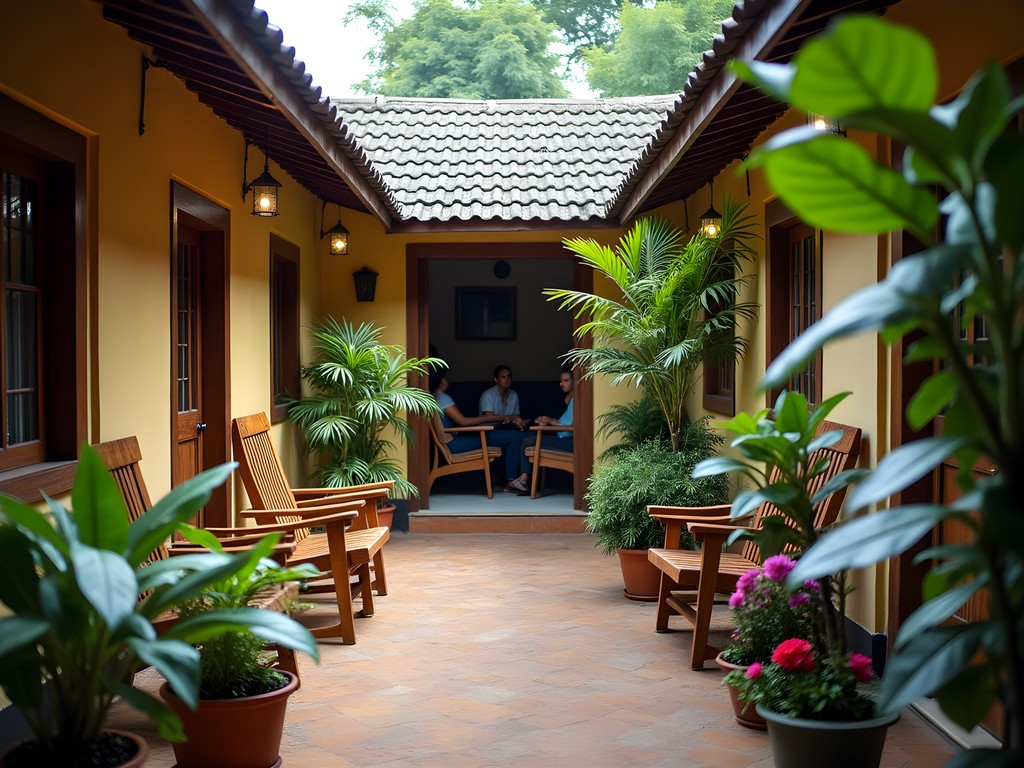
💡 Pro Tips
- Bring cash for payment as most budget guesthouses don't accept credit cards
- Request rooms away from the street if you're sensitive to morning noise
- Ask hosts about local laundry options for longer stays—most can arrange affordable services
Practical Considerations for Booking
Securing accommodations in Lelydorp requires adjusting expectations and strategies that might serve you well in more touristed destinations. The town's charm lies partly in its lack of commercialization, which means you won't find the streamlined booking processes of major tourist centers—but the rewards of persistence are substantial.
First, understand that online presence is limited. Only about 30% of Lelydorp's accommodations appear on major booking platforms. The rest operate through local networks, Facebook pages, or simple word-of-mouth. This digital absence doesn't reflect quality but rather the community's still-emerging tourism infrastructure.
For properties not listed online, direct communication is essential. WhatsApp has become the universal booking tool in Suriname—almost every accommodation provider uses it, even those without formal websites. If language presents barriers (though many Surinamese speak excellent English), the translation app has saved me countless times when communicating specific needs or questions.
Timing considerations differ from major destinations as well. While last-minute bookings are often possible (I secured my first Lelydorp homestay just two days in advance), properties with only a few rooms can fill quickly during Suriname's limited high seasons (July-August and December-January). For visits during these periods, I recommend initiating contact at least three weeks ahead.
Payment methods require flexibility. Most smaller properties operate on cash-only policies, with euros and US dollars widely accepted alongside Surinamese dollars. ATMs are available in Lelydorp but can occasionally run out of cash, so I recommend withdrawing sufficient funds when passing through Paramaribo.
Perhaps most importantly, embrace the relationship-based nature of Lelydorp's accommodation scene. When I first contacted Tante Rosita, she asked as many questions about me as I did about her homestay. This wasn't nosiness but a genuine desire to ensure compatibility between host and guest. By sharing my interest in architecture and cultural preservation, I opened doors to experiences that wouldn't have been offered to just any tourist.
Finally, don't overlook the value of referrals. Once in Lelydorp, your first host becomes an invaluable resource for finding your next accommodation if you wish to experience different options. The community is tightly knit, and a personal recommendation often results in preferential rates or special considerations that no booking platform could facilitate.
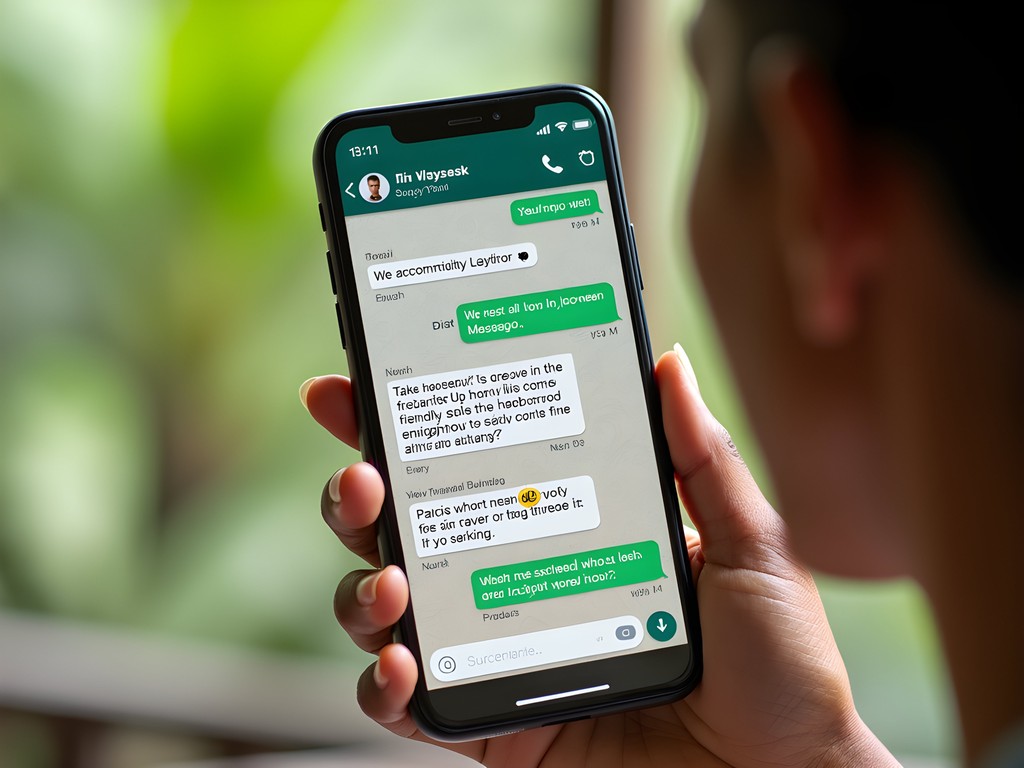
💡 Pro Tips
- Save accommodation phone numbers in WhatsApp before arrival in case internet connectivity is limited
- Screenshot directions and address details as backup when Google Maps coverage is spotty
- Ask about payment options when booking—some places offer discounts for cash payment
Final Thoughts
As my week in Lelydorp came to an end, I found myself reluctant to leave the rhythm of life I'd discovered there. What had begun as a practical decision to base myself between Suriname's capital and its interior had evolved into the highlight of my journey. Through the wooden doorways of homestays, eco-lodges, and guesthouses, I'd gained access to a Suriname rarely experienced by tourists who limit themselves to Paramaribo's colonial center or resort-style jungle lodges. The accommodations themselves became not merely places to sleep but portals to understanding—each architectural detail, each conversation with hosts, each morning coffee on a different veranda offering new perspectives on this remarkable country. Whether you're a budget backpacker or seeking authentic experiences without sacrificing comfort, Lelydorp's accommodation scene offers something that Suriname's more established destinations cannot: a genuine welcome into the everyday life of a nation still writing its tourism story.
✨ Key Takeaways
- Lelydorp offers accommodation options 30-40% cheaper than comparable properties in Paramaribo
- Homestays provide the deepest cultural immersion and often include interaction with multiple generations of a family
- Eco-lodges on the town's outskirts balance natural surroundings with proximity to urban amenities
- Direct communication via WhatsApp is essential for booking many of the best local properties
📋 Practical Information
Best Time to Visit
year-round, with slightly drier conditions from August to November
Budget Estimate
$18-60 USD per night depending on accommodation type
Recommended Duration
3-7 days
Difficulty Level
Beginner

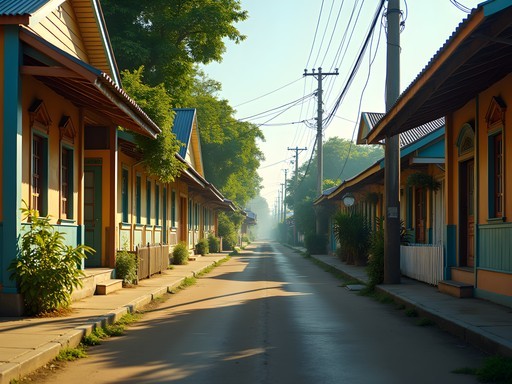
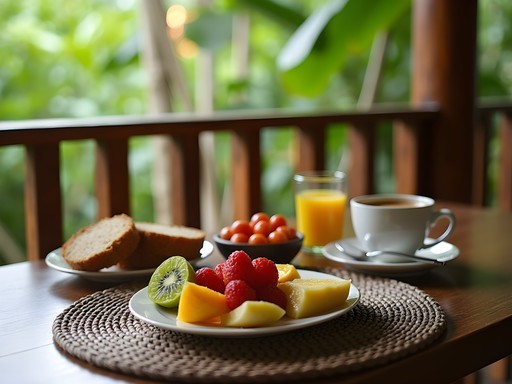
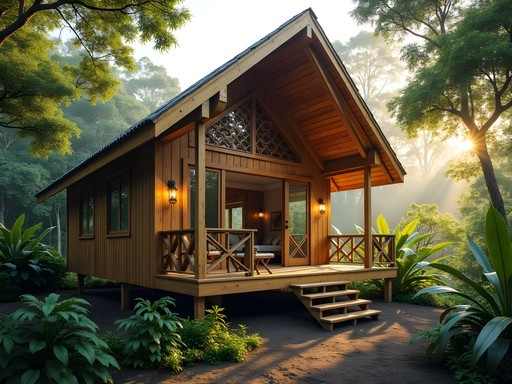
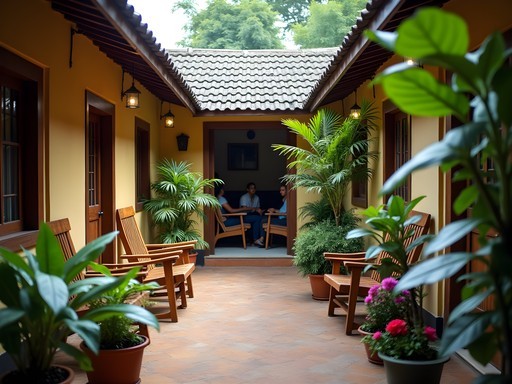



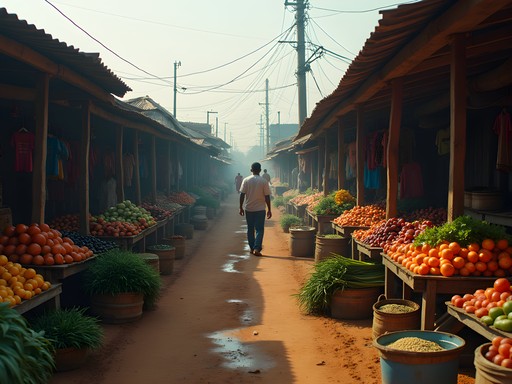



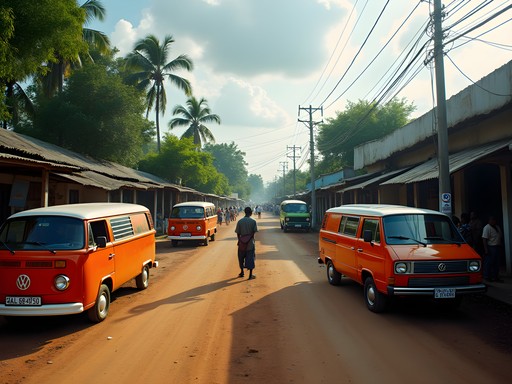
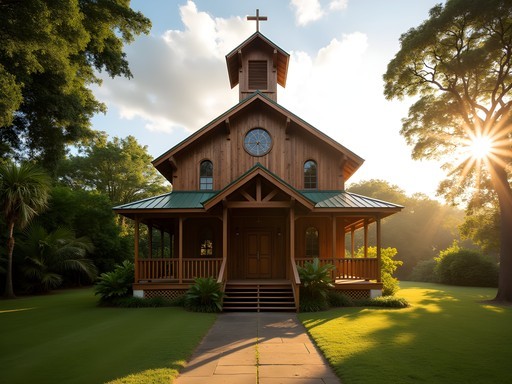
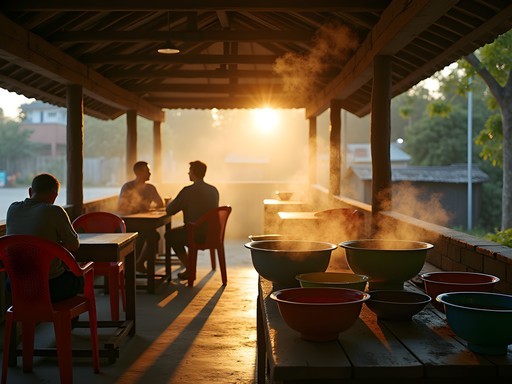
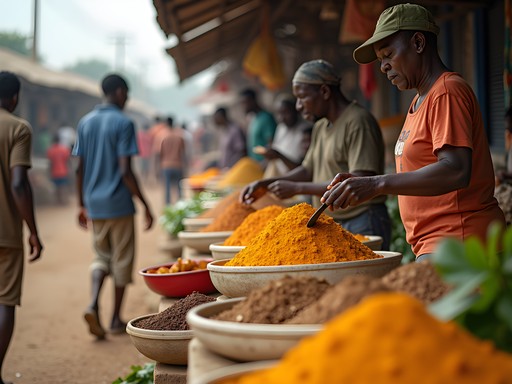
Comments
WorldWanderer
Those food pics from the homestay... 🤤 Making me hungry!
SurinameExplorer
Just got back from Suriname and chose Lelydorp because of this post! Best decision ever. Tip for future travelers: the Eco-Lodge mentioned has a new treehouse room that's not on any booking sites yet. You have to call directly to reserve it. Worth every penny for the jungle views!
TravelBug22
Going to Suriname in October! Can you recommend which specific homestay in Lelydorp was your favorite? And did you feel safe there?
Olivia Sanchez
I stayed with the Ramsodit family - they're about 10 min walk from the main road. Super welcoming and their guest room has its own entrance. Felt completely safe the entire time, even walking around in the evenings. The homestays don't have formal websites, but if you email me I can send contact details!
Sage Dixon
This post brings back memories! I spent three nights at one of those homestays in Lelydorp last year and it completely changed my Suriname experience. The family I stayed with taught me how to make pom, took me to their relative's cassava farm, and showed me parts of everyday Surinamese life I would've completely missed in Paramaribo. Plus, those minibuses into the city were an adventure themselves - always packed with locals happy to chat and give recommendations! The bird watching on the outskirts was incredible too. Did you make it to that small bakery near the main junction? Their coconut bread was life-changing.
Olivia Sanchez
Sage! Yes to the bakery - I went almost every morning! Did you try their cassava cookies too? And those minibuses were definitely an experience... I think I learned more Sranan Tongo phrases there than anywhere else!
Sage Dixon
The cookies were amazing! I actually brought my compact binoculars for the bird watching around Lelydorp and they were perfect for spotting toucans from the eco-lodge porch. Which homestay did you end up choosing?
moongal
Never would have thought to stay in Lelydorp instead of the capital! Eye-opening post.
Olivia Sanchez
That's exactly the reaction I was hoping for! Sometimes the less obvious choices make for the best experiences.
moongal
Totally! I'm planning Suriname for next year and just added Lelydorp to my itinerary!
Taylor Moreau
Excellent insight into Lelydorp, Olivia. I visited Suriname last year on a business trip and regrettably stayed only in Paramaribo. Your article highlights precisely what I missed by not venturing beyond the capital. The homestay options you've outlined appear to offer that cultural immersion that's invaluable for understanding a destination properly. I'm particularly intrigued by the eco-lodges you mentioned on the outskirts - did you find they offered organized excursions to nearby natural attractions? I've added Lelydorp to my itinerary for when I return next spring. I found having a good phrasebook essential as English isn't universally spoken outside tourist areas - Suriname pocket guide served me well during my brief visits to smaller communities.
photostar
Those eco-lodges look amazing in the photos! Did you have problems with mosquitoes there?
Taylor Moreau
I stayed in Paramaribo only, but mosquitoes were certainly present. Standard tropical precautions are advisable.
photostar
Never heard of Lelydorp before! Love finding these hidden gems instead of just staying in the capital!
Taylor Moreau
Indeed! Often the less-visited towns offer a much more authentic experience. I've found this true across South America.
photostar
Have you been to Suriname? Any other places you'd recommend?
GlobeTrekker45
That sunset photo from the eco-lodge porch is absolutely stunning! What camera do you use?
Olivia Sanchez
Thanks! Just my smartphone actually - Google Pixel with a bit of editing afterward. The natural light there does most of the work!
nomadfan
Just got back from Suriname and used your guide! We stayed at Mrs. Amina's homestay and it was the highlight of our trip. Her cassava bread cooking lesson was incredible, and her son took us fishing in the nearby creek. The public buses to Paramaribo were exactly as you described - crowded but fun with music blasting. Lelydorp was such a refreshing alternative to the usual tourist spots. Thanks for putting this place on the map!
MarcoPoloAdventures
Just got back from Suriname and can confirm Lelydorp is the real deal! That homestay with Ms. Amisha that you mentioned was INCREDIBLE. Her cassava bread cooking lesson was a highlight of our entire trip. The public transport connections were better than we expected too.
explorevibes
Did you need to book Ms. Amisha's place far in advance? Trying to plan but don't want to over-schedule everything.
MarcoPoloAdventures
We booked about 3 weeks ahead through her daughter's Facebook page. Pretty informal process but worked perfectly!
Venture X
Premium card with 2X miles, $300 travel credit, Priority Pass